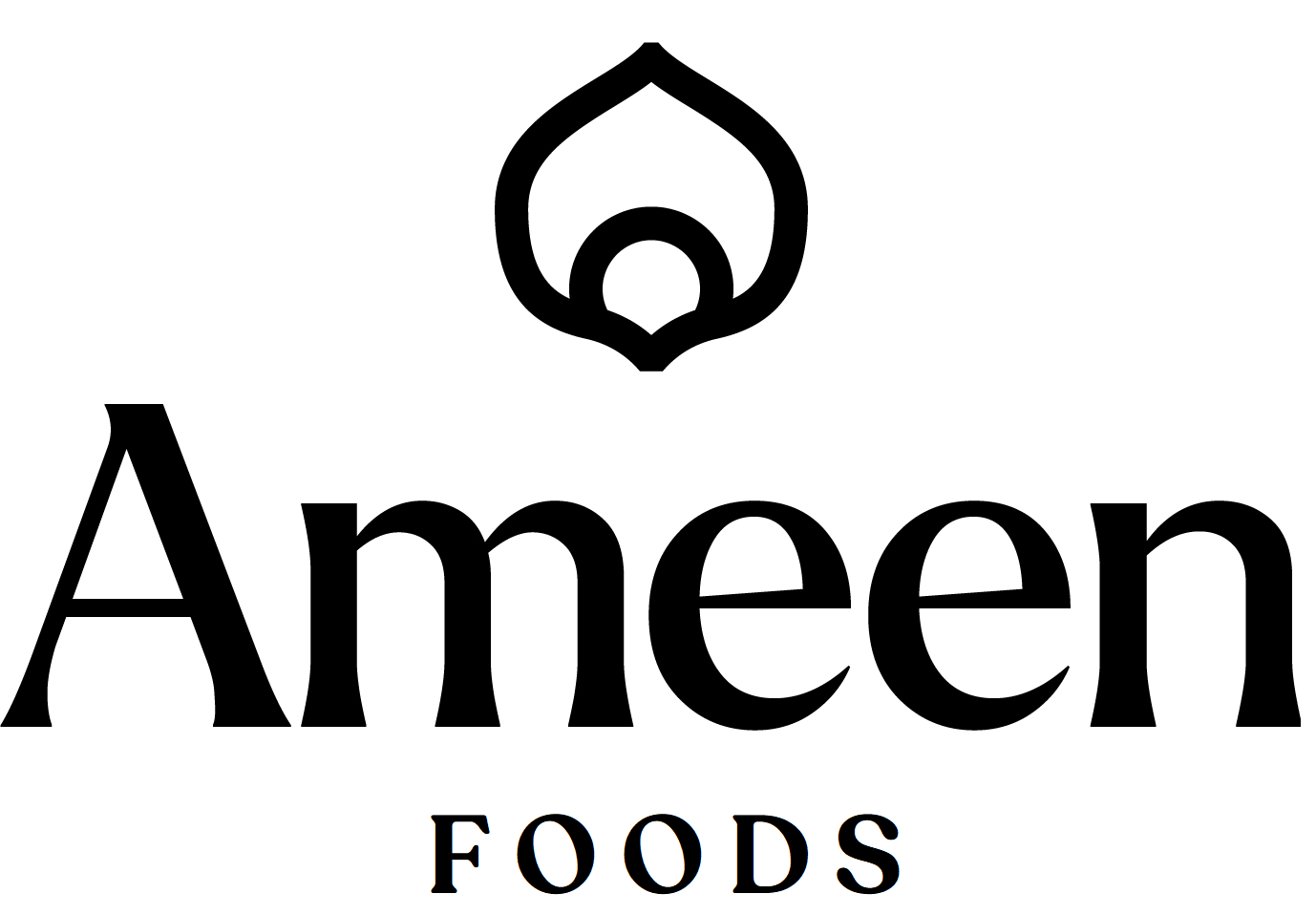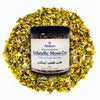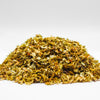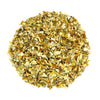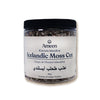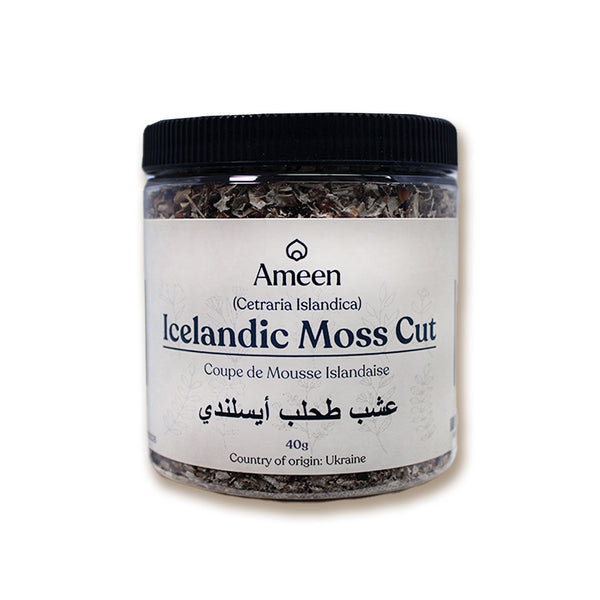Icelandic Moss, scientifically known as Cetraria islandica, is a lichen—not a true moss—that grows abundantly across the clean, unspoiled landscapes of Iceland and other Nordic regions. Known for its frilly, flat fronds and earthy green-brown hue, this Arctic botanical has long been valued in traditional European and Scandinavian wellness practices. With its mildly bitter taste and gelatinous texture when steeped, Icelandic Moss offers both culinary and herbal versatility.
Culinary & Herbal Appeal of Icelandic Moss
Icelandic Moss is commonly used in herbal infusions and broths, especially where a grounding, slightly bitter flavor is desired. Its mucilaginous quality gives it a smooth, thickening texture when boiled, making it a natural addition to teas, soups, or porridges. Traditionally, it was even baked into breads or used as a flour substitute during times of scarcity.
Why Choose Icelandic Moss?
-
Flavor Profile: Mildly bitter and earthy, with a natural gelatinous texture when soaked or boiled.
-
Uses in Cooking & Herbal Preparations:
-
Herbal Teas: Steeped to create a grounding, warming infusion.
-
Thickening Agent: Used in traditional Nordic soups, gruels, and broths.
-
Baked Goods: Historically ground and added to bread flour during food shortages.
-
-
Traditional Uses: Long used in Icelandic and Scandinavian herbalism for general well-being.
Botanical and Cultural Significance
-
Botanical Name: Cetraria islandica
-
Common Names:
-
English: Icelandic Moss, Iceland Moss, Rock Tripe
-
French: Lichen d’Islande
-
German: Isländisches Moos
-
Italian: Lichene d’Islanda
-
Spanish: Liquen de Islandia
-
Icelandic: Fjallagrös
-
Other: Islandic Lichen, Cetraria Herb, Islandmoss, Moss of Iceland
-
Reconnect with Nordic Tradition
Whether brewed into a rich herbal tea, blended into a rustic soup, or used in homemade wellness blends, Icelandic Moss is a true gift from the North—steeped in heritage, flavor, and natural utility.
